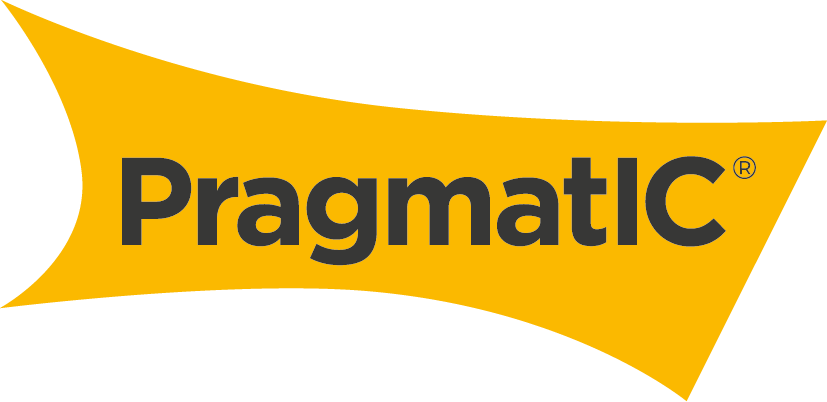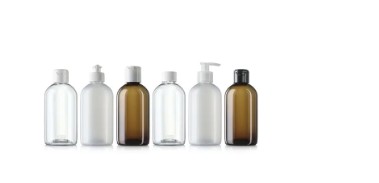Could This Food Sensor Replace ‘Best By’ Date Codes?
Low-cost sensors from PragmatIC promise accurate, consumer-readable expiration information for packaged foods via a smartphone app.
To determine whether a food is safe to eat or not, consumers usually turn to printed or labeled “Best By” or “Use Before” date codes, which are unprecise if not unreliable.
There must be a smarter way. Thanks to advances in technology, there is: science-based, data-backed sensors engineered and customized to a specific packaged food.
Helping lead brands, retailers, and consumers into a bold new era of increased food safety and reduced food waste is PragmatIC Semiconductor, an innovator of ultra, low-cost flexible integrated electronics that enable connected intelligence in everyday items.
Based in the UK and with partners and customers around the world, including North America, the company believes the technology can make a real difference in helping brands and consumers reduce food waste, which is a major contributor to greenhouse gas emissions.
According to a 2021 EPA study, in the US alone, yearly food loss and waste totals 170 million metric tons of carbon dioxide equivalent equal to the annual carbon emissions of 42 coal-fired power plants.
Joshua Young, PragmatIC’s circular economy lead, provides details in this interview.

What’s the basic proposition?
Young: We use our technology to improve the world around us by enabling a new approach to electronics that makes it viable for any object to become smart and connected.
Food waste is a huge problem, with more than a third of the food produced for human consumption wasted, a large portion of which is at retail or at home.
By adding our technology to food packaging, it could be possible to measure conditions such as temperature or humidity to dynamically determine the product status — giving retailers and consumers the confidence to extend product use.
Comment on how the technology is used for packaged food.
Young: By adding measurement intellectual property (IP) to our existing near-field communication (NFC) and radio-frequency identification (RFID) technologies, we can integrate various sensors and wirelessly transfer measurement data to a reader in real-time.
When placed inside of the food packaging you can measure the environmental conditions, which tells you a lot about the product itself. This data can then be compared to a wider data set/model for the specific product and analysed to determine a dynamic use by date.
Image courtesy of PragmaticIC Semiconductor |
Please describe the sensor.
Young: PragmatIC’s flexible integrated circuits (ICs or chips) are known as FlexICs and are thinner than a human hair. We work with partners to integrate this technology into a label with the antenna and sensor.
The FlexIC is incorporated into an inlay/tag that’s embedded into or behind a packaging label.
Our FlexICs are highly flexible and robust —they are not damaged during packaging or labelling.
What does it replace or improve upon?
Young: Historically, use-by and best-before dates have been hugely conservative. They are usually based off the date a product was harvested or produced. Many retailers are completely removing best before or use by dates on certain products to help tackle food waste, however this isn’t feasible for all products. There must be a smarter way.
How does it benefit brand owners and retailers?
Young: All retailers discount products that are reaching their use by date to maximise profitability and minimise operational overheads. By being better informed of the quality and life of products, retailers can maintain prices for longer, sell a percentage of product and therefore reduce waste.
How does it benefit consumers?
Young: Consumers can confidently know if a food product is safe to eat, extending its potential use rather than being wasted. It is also possible for consumers to access recipe ideas or find out more about ingredients.
With increased automation coming to the retail experience, you can imagine how Electronic Shelf Labels could be used to automatically adjust pricing based on the products’ condition.
“Our focus has been on fresh meat products such as pork or chicken because there is significant opportunity to reduce waste.”
What foods does it work with?
Young: Our focus has been on fresh meat products such as pork or chicken because there is significant opportunity to reduce waste. You can imagine it is unrealistic to remove use-by dates altogether. With the value and cost of products also being higher, there is a clearer case for adopting digital technologies. We expect the scope of products to expand as we integrate with other types of sensors and the data models are generated.
How is the sensor customized to the specific product?
Young: We know that throughout product life certain changes in environmental properties can be corelated to the freshness and degradation of the product. These properties are measured on an item-level at the point the packaging is sealed, through the supply-chain and in the retail store.
What’s required for a brand owner to use it?
Young: Most retailers already used ruggedised handheld barcode readers that are NFC enabled. They would require access to the software platform and apply the labels to their products.
“What makes our technology different is a significantly lower price point, lower carbon footprint to manufacture, and flexible form factor.”
How much does it cost or what’s the business case justification?
Young: Although similar capabilities have previously been possible, we tip the business case to make it viable to add to every package and are targeting just a few pennnies. What makes our technology different is a significantly lower price point, lower carbon footprint to manufacture, and flexible form factor.
What’s the commercial status?
We are currently working in a UKRI funded project called SecQuAL (Secure Quality Assured Logistics for Digital Food Ecosystems), a two-year project where we are working closely with leading UK suppliers and retailers to test and demonstrate the technology across different products and use cases. The future is exciting, and we are accelerating our work towards initial deployments in 2023.
Comment on your work with BlakBear that we detailed in a 2020 feature.
Young: Our partnership with Blakbear continues to grow and we are working with them in the SecQuAL project. We are integrating with their low-cost sensors and leveraging their expertise and data models.
Source:
https://www.packagingdigest.com/smart-packaging/could-food-sensor-replace-best-date-codes







